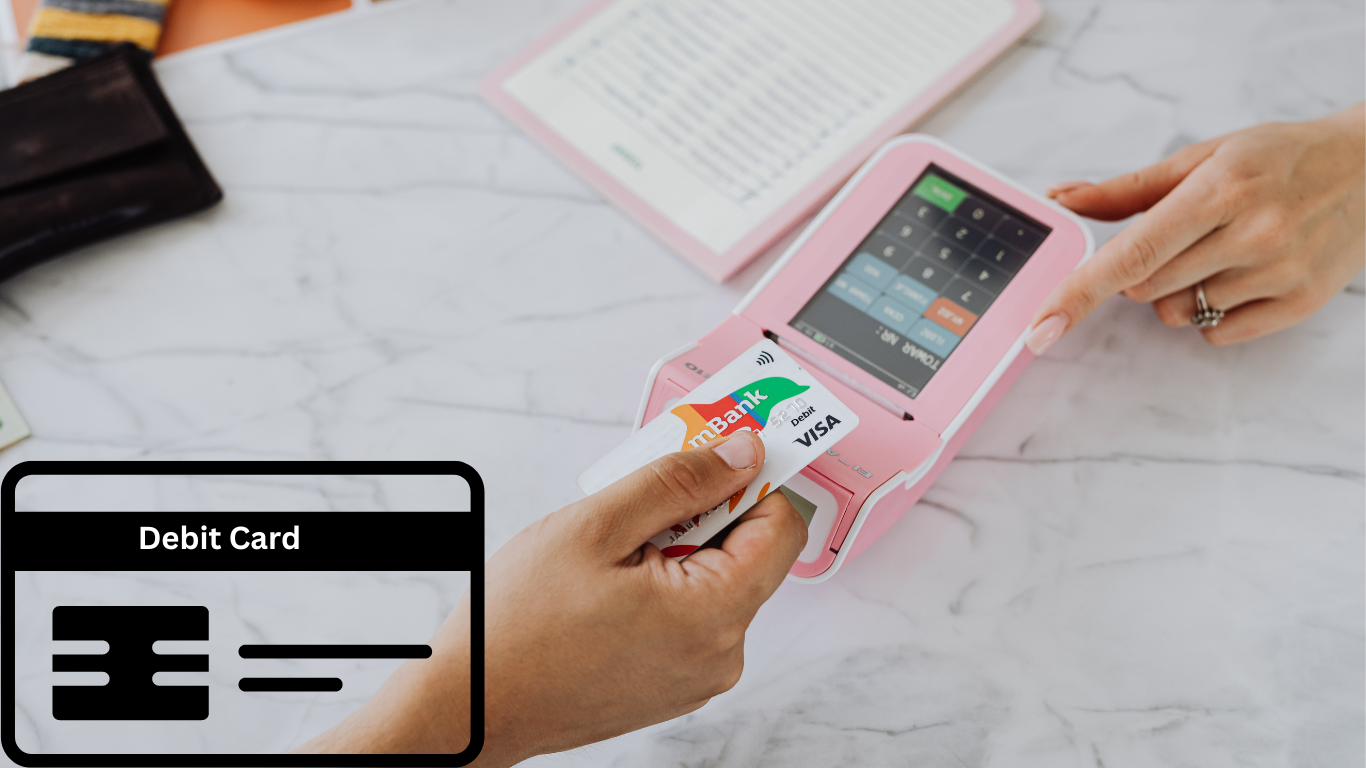If a consumer wants to make a contactless payment, they don't need to swipe their credit or debit card. Any card with magnetic stripes or a chip that is inserted into a payment terminal can be used with that technique.
Simply holding a card or other item up to the payment terminal allows a customer to make a contactless purchase. The phrase "tap to pay" was coined because in some circumstances a quick tap might simplify the process.
A credit or debit card's RFID chip, a smartphone's wireless radio, or a smartwatch's radio can all be used to conduct contactless transactions. Purchasers tap their devices to pay in both situations.
What is a contactless card?
Without needing direct physical contact between the card and the terminal, transactions using near-field communication (NFC) or RFID contactless cards are safe and rapid. It only takes a tap or a quick wave of your card in front of the machine to make a contactless credit card payment.
In order to let the cardholder know that they can use these bank cards with contactless scanners, they have a contactless symbol on them.
Why are contactless payments secure?
For a number of reasons, contactless payments are regarded as secure:
Encryption: Data transmitted through contactless payments is encrypted, making it accessible only to parties with permission. Transactions employ distinct codes that lower the risk of fraud and make it hard to intercept or reuse data.
Tokenization: Payments made with contactless technology frequently use tokenization, which changes sensitive cardholder data into random tokens. This token is only used once, unlike a card number, therefore intercepting it would be worthless.
Transaction limits: In order to prevent unauthorised transactions, contactless payments typically have a transaction limit. Depending on the nation and issuing bank, customers typically have to enter their PIN or sign for transactions that exceed a specific amount.
No need for physical interaction: Since the card doesn't need to be handed over or placed into a terminal, skimming—the process of copying card information via a hacked device—is less possible.
Two-factor authentication: Face recognition or fingerprints are often required for two-factor authentication when using contactless payment systems.
Zero-liability policies: Numerous banks and card issuers provide zero-liability policies to guard cardholders against unauthorised transactions. Most fraudulent transactions do not involve cardholder liability.
Types of contactless payment
Pay with a contactless card
Contactless debit or credit cards are used in the majority of tap-to-pay transactions. They have an integrated chip that sends all of the information from your card to a payment terminal.
Such a chip is probably included in any new credit cards your bank has issued in the last year. Chip cards are produced by American Express, Mastercard, and Visa.
Mobile wallet transactions
Using a mobile device, such as an iPhone or Android phone, a mobile wallet payment is made. Another way to do it is with a wearable gadget like an Apple Watch.
The mobile wallet purchases made on these devices must be made through a payment app. These include Samsung Pay, Google Pay, and Apple Pay.
Wearables
Devices featuring NFC are referred to as wearables and are worn on the body. You can use your Apple Pay mobile wallet's details to make a payment at a contactless reader, for instance, using an Apple Watch.
If you want to buy something, all you have to do is double-click the Apple Watch's side button, choose the card you want to use, then hold the watch up to the terminal. Without requiring the use of a physical card or cell phone, the transaction is authenticated and completed.
How does contactless payments work?
When making a contactless payment, you can use a card or a mobile device to transfer the information, but like a traditional credit or debit card purchase, you must finally go through a financial institution. Whether you use a card payment, a mobile wallet, or a wearable, the precise mechanics change.
What frequently happens is as follows:
A contactless credit card is presented by the customer. A point-of-sale terminal that supports contactless payments is held by the customer. This feature is available only in more recent card readers.
Information about cards is sent via wireless chip. Like a magnetic stripe, the radio frequency identification (RFID) chip communicates all of the card information when the customer holds their card in close proximity to the terminal or, more frequently, taps the card directly onto the reader.
A bank receives a call from the payment terminal. An order to pay is now sent by the payment terminal to the bank that issued the card. The usual example of this is a bank or credit union. The merchant will ask the card issuer to transfer the funds just like they would with a regular credit card.
An authorization or denial is sent by the card issuer. The financial institution will permit the sale to proceed if the purchase price corresponds to the buyer's available funds or credit limit. Upon successful completion of a transaction, the payment terminal beeps. Or, the bank may reject the transaction if the buyer lacks the necessary cash or credit to complete the deal.
Conclusion
While contactless-enabled terminals are already prevalent at large merchants, they are less frequent among small enterprises that are operating on a limited budget. Because of this, customers must still have cash on them or a conventional credit or debit card in order to make purchases in every store.


